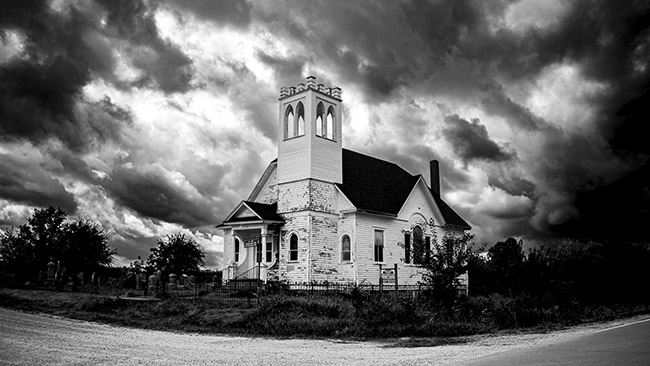Today is Russell’s birthday, so I need to wish Russell a happy birthday, so happy birthday Russell!

I’m not sure I’ve seen Russell in person since before the pandemic. That seems like something that should be remedied. Either way, I hope your birthday is filled with all the joy you can handle.
+++++++
Time to continue with the auxiliary images from my trip to Des Moines County and Louisa County to harvest their town signs. Last time we left off, we were in Grnadview. After that, I took US-61 down to Wapello.

So we should probably discuss some of the history in some of these pictures.
Here is some information on the Toolesboro Mounds:
The Toolesboro site consists of seven burial mounds on a bluff overlooking the Iowa River near where it joins the Mississippi River. The conical mounds were constructed between 200 B.C. and 300 A.D. by a local Hopewell group. They include some of the best-preserved and accessible remnants of Iowa’s Hopewell culture, a Middle Woodland people who hunted, gathered and gardened. At one time, there may have been as many as twelve mounds, but subsequent settlement and excavation have reduced that number to the present seven. As of yet, no village site near the Toolesboro mounds has been located, which is attributed to the shifting path of the Iowa River which has obliterated possible village sites on the flood plain over the last 2,000 years.
Of the seven mounds, only two are visible on the grounds of the Educational Center. The rest are off in the woods, and are separated by a wire fence from the Educational Center. One of the mounds maintained near the center, known as Mound 2, is the largest of the remaining mounds, measuring 100 feet in diameter and eight feet in height. This mound was possibly the largest Hopewell mound in Iowa.
And the Littleton Brothers… well…
The largest loss of life known in the history of all U.S. wars from any immediate family were the six local Littleton Brothers. All six were lost to the Civil War and the story just recently discovered and documented.
Here is some information on the Littleton brothers from the website (http://civil-war-picket.blogspot.com/):
James and Martha Littleton, the boys’ parents, moved to Louisa (Lew-I-zuh) County in about 1840, six years before Iowa became a state. The young Littleton brothers likely helped on a 200-acre farm.
Toolesboro used to be a busy hub, said Wagner, who lives in Illinois City, Ill.
The 1860 census that shows the family was listed as mulatto, which traditionally refers to a person with one white parent and one black parent. There’s debate today on that point.
The Littleton memorial will have a panel saying James came from free slave roots. “Records indicate Louisa County abolitionists had helped the family get settled there.”
But oral history within the Nicewanner family, as descendants of Permelia, states that James actually had Native American roots on one side, said Wagner.
Doug Jones, an archaeologist and Iowa Freedom Trail project manager for the State Historical Society of Iowa, said the little information he has on the Littletons is “quite intriguing.”
“There was a mulatto settlement, and we don’t know much about the settlement.”
Only one of the Littleton brothers, John, had children, and that daughter died before having any of her own. James and Martha Littleton died before the war.
Here’s what is known about each of the brothers’ service records (thanks to the Iowa Gold Star Military Museum for much of the following information):
— George Handy Littleton: George, 33, a cooper, volunteered from service from nearby New Boston, Ill., in March 1862. He is described as having brown eyes and dark hair and complexion. He was with Company B of the 65th Illinois Infantry. Captured by Confederates at Harpers Ferry, W.V., he was later paroled and discharged for disability in Chicago, according to official records, for a disease contracted before service. Woodruff said other material indicates Littleton got sick while in service. “We do not have the exact date or know where we died,” said Woodruff. The Columbus Gazette indicated George died soon after returning home. His grave has not been found.
— John Littleton: Enlisted in August 1862 with Company F of the 19th Iowa Volunteer Infantry. He suffered a severe thigh injury during fighting at Prairie Grove, Arkansas, on Dec. 7, 1862. He died in Fayetteville, Ark., of wounds on December 18. It’s possible he may be buried among 800 unmarked graves at Fayetteville National Cemetery.
— Kendall Littleton: Also of the 19th Iowa, Kendall was killed in action on Dec. 7, 1862, at Prairie Grove, Ark. His remains were likely later moved to Fayetteville National Cemetery, and are marked as unknown.
— Noah Littleton: Survived the fighting at Prairie Grove but drowned March 1, 1863, in the White River in southern Missouri. His remains were disinterred and he is buried at Springfield (Mo.) National Cemetery. He, too, served in the 19th Iowa.
–Thomas Littleton: A member of the 5th Iowa, suffered a head wound at Iuka, Ms. He was taken prisoner in Chattanooga, Tenn., in November 1863. The private died of chronic diarrhea at Andersonville on June 16, 1864, and is buried at the national cemetery there.
— William Littleton: A corporal with the 8th Iowa, William was wounded at Shiloh in 1862 and died in December 1863 of diarrhea at Jefferson Barracks, Mo. He is buried at the national cemetery there.
There is still plenty more pictures left to share from this trip!





























